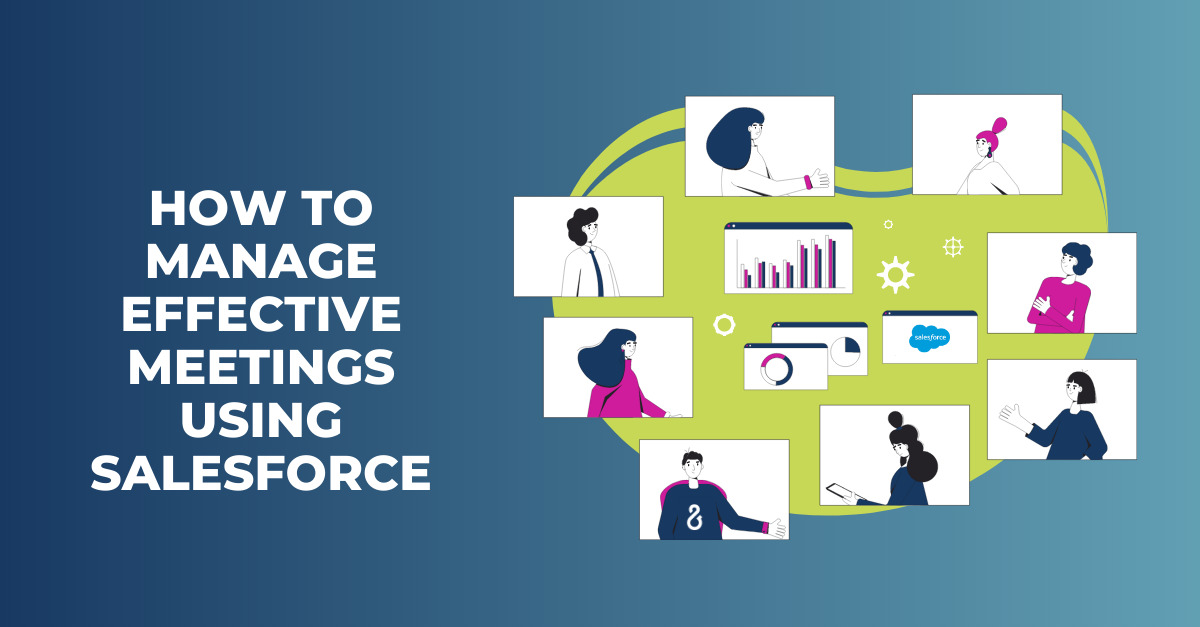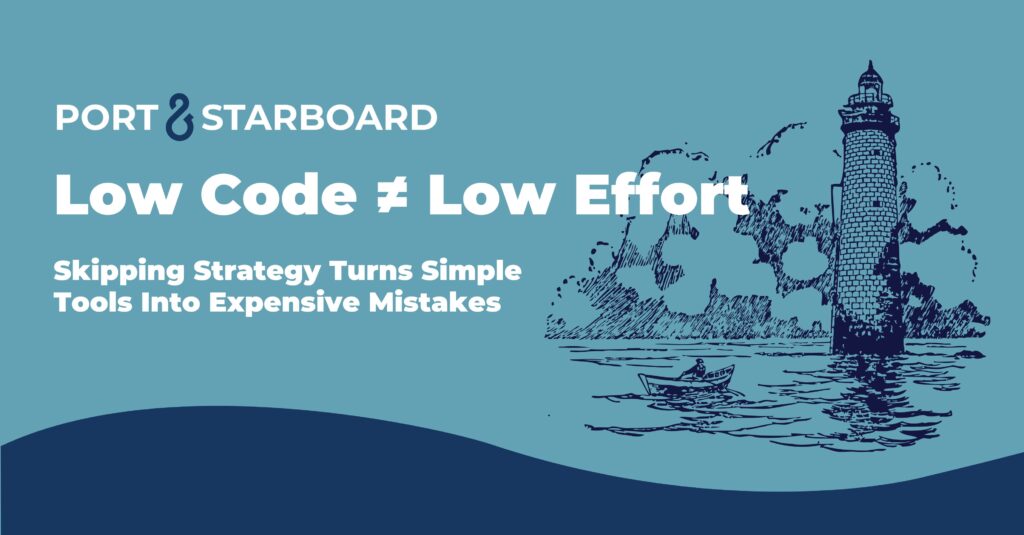Meetings are an integral element of business management, regardless of the industry you work in or the size of your business. The average professional is estimated to spend 21.5 hours a week in meetings and that number increases significantly for middle and upper management. When we spend so much of our time in meetings, it can be challenging to keep up with the various meeting agendas, action items, and the overall purpose each meeting was set-up to accomplish.
Enter Salesforce.
Recently, we built a custom object in our Salesforce organization to help us effectively manage our meetings. At a high level, the meetings we create here allow us to track the attendees, meeting date, meeting purpose, and agenda items. Over time, we’ve added additional features – like Record Types and related Objects – to help us customize our meeting management based on the different types of meetings we have on a regular basis.
Key Features for Effective Salesforce Meetings
In general, our Salesforce meetings all have certain features in common, including:
- Associating the meeting with a specific project, client and/or initiative
- Adding Agenda items
- Assigning items to different owners
- Sorting Agenda items based on priority
- Marking which items have been discussed
- Designating recurring items and how long they should recur until
- Relating records from other Salesforce objects (like Cases, Opportunities and Files)
In addition, we have the capability to Clone a meeting with its existing Agenda Items, making it easy to quickly create and edit a new meeting for the same initiative, client, or project on the fly.
Meeting Record Types & How We Use Them
We’ve also developed different meeting Record Types to address our different meeting needs.
For example, our project meetings with a specific client includes a meeting cadence option that we can set to automatically create the next meeting on a recurring basis. The Agenda for these types of meetings generally consist of sections for “Past Week’s Work”, “Upcoming Work”, “Outstanding Items”, and “Additional Questions.” When the next meeting is automatically created, the system copies the text from the “Upcoming Work” section and pastes it in the “Past Week’s Work” for us ahead of time. After the meeting is complete, we’ve created the option to export the Agenda sections into a branded document that we can share with our external client.
We have other Record Types as well, like our Internal Team Meetings where the agenda consists of a single checklist of topics to be discussed or our Quarterly Success Meetings for our retainer-based clients that focus on the overarching goals of the ongoing relationship but still give us a way to document any specific action items that surface during the calls.
Salesforce Meetings Help Us Work Smarter
Utilizing Salesforce to track our different meetings has been a huge time-saver for us and has greatly minimized meeting prep time for our team. Our Salesforce Meetings help us stay organized, keep the meeting’s goal top of mind, and ensure we follow through on our action items.
Port & Starboard is Here to Help
Whether you need help implementing Salesforce for the first time or require support to customize your current system for your business needs (like keeping track of meetings), we’re here to ensure smooth sailing!
Port & Starboard can configure your Salesforce solution to meet your leaders’ expectations and user needs. We can help you choose the best edition for your business, help with process design and mapping, and provide rollout training and support.





